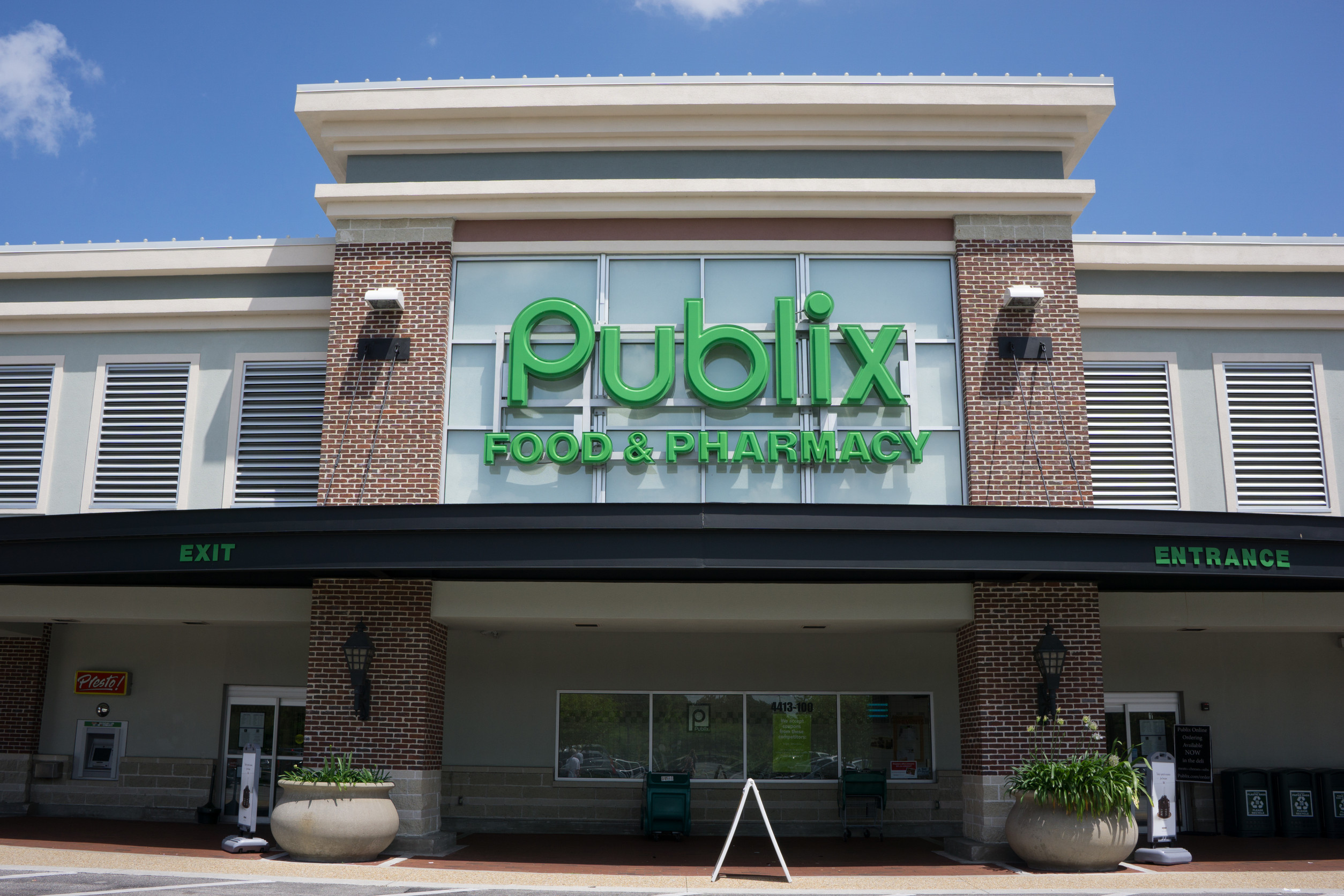
If you’ve wandered into your neighborhood Publix expecting just groceries and instead spotted racks of tees, sandals, or seasonal apparel, you’re not imagining things. In recent months, some Publix locations have quietly expanded beyond food to carry clothing assortments. Why would a grocery chain venture into fashion? Because the move reflects deeper shifts in retail strategy, customer behavior, and competitive positioning. In this article, we’ll explore 7 reasons Publix is selling clothes, how it fits into their business model, and what it may mean for shoppers. Understanding this shift helps you see the bigger picture behind what looks like a simple inventory change.
1. Diversifying Revenue Streams in a Competitive Retail Landscape
Grocery margins are notoriously thin, and competition from discount chains and online grocery platforms presses hard on profitability. By offering apparel, Publix can tap into higher-margin categories and spread financial risk across more product types. Clothes sales bring incremental revenue from shoppers who might not otherwise buy non-food items. This diversification helps Publix weather fluctuations in grocery costs, supply chain challenges, or food inflation. So the appearance of clothes is less random than strategic.
2. Capturing More Basket Share During a Shopping Trip
The longer a shopper stays in the store and the more departments they visit, the more likely they’ll spend overall. Adding a clothing section encourages impulse purchases and gives customers one-stop convenience. Instead of telling shoppers “we only do groceries,” Publix can become an even more complete destination. This increases average ticket size and strengthens customer loyalty. In effect, clothing becomes a way to enhance basket share per visit.
3. Leveraging Real Estate and Store Footprint
Publix already owns or leases large retail spaces in many communities. Rather than leave unused square footage or corridors idle, clothes assortments turn dead space into productive real estate. Remodeling or reconfiguring parts of the store to include fashion racks may cost less than building standalone concept stores. They can do this incrementally, testing which locations or layouts perform best. So selling clothes becomes a smart way to squeeze more value from existing stores.
4. Aligning with the One-Stop Shopping Trend
Modern consumers increasingly prefer convenience with fewer stops, fewer separate stores, and fewer errands. Big-box retailers and superstores have long embraced mixed-category formats (groceries, home goods, apparel) under one roof. Publix is adapting by fulfilling more of the “everything you need in one place” promise. For time-pressed shoppers, picking up basics like socks, tees, or seasonal wear while grocery shopping is appealing. It fits into umbrella convenience rather than forcing a separate trip.
5. Testing Retail Concepts Before Scaling
Rolling out clothes in some Publix stores allows the company to pilot and learn what works. They can experiment with limited apparel assortments, localized styles, or seasonal clothing without full commitment. Data from early adopters guides decisions, like which items sell, what price points, store layout, and turnover rates. Successful pilots may expand to more locations; unsuccessful ones can be scaled back. This cautious approach lowers risk while allowing strategic learning.
6. Strengthening Private-Label and Brand Integration
Publix is known for its own label brands, from food to health products. Venturing into clothes gives them a chance to build private-label fashion lines or collaborations. Rather than sourcing national apparel brands at retail markups, they can develop store-branded clothing to control margins and brand identity. This also reinforces the grocery brand in customers’ minds beyond food. If done well, Publix-branded apparel can complement its reputation for quality and trust.
7. Competing with Hybrid and Omnichannel Retailers
Retail is evolving: grocers, department stores, big-box chains, and e-commerce platforms increasingly blur lines. Competitors like Walmart, Target, and Amazon already mix groceries and fashion seamlessly. To stay relevant, Publix must evolve beyond being “just a supermarket.” Expanding into clothes helps them compete in the hybrid retail space. It also prepares them for omnichannel plays where online order pickup might include non-food items, or click-and-collect services expand to apparel.
What This Means for Shoppers
Seeing clothes in your local Publix is more than novelty; it’s a signal of where retail is heading. As Publix tests apparel, pay attention to which stores carry it, what styles, pricing, and how those items sell. You may benefit from streamlined convenience, occasional deals, or a broader product mix under one roof. On the flip side, some locations may drop the clothing if sales don’t meet expectations. But for now, the change is purposeful… a chance for Publix to evolve, adapt, and deepen its connection with you, the shopper.
Do you welcome seeing clothes at Publix, or do you prefer it stick to food? Share your thoughts or experiences below.
What to Read Next
- Whatever Happened to The 1 Cent Specials At Publix?
- The Price Difference Between Aldi and Publix in Florida Might Shock You
- 10 Items You Should Never Buy From Publix
- 5 Grocery Chains That Offer Hidden Senior Discounts
- 7 Times Grocery Stores Used Music To Influence Spending
The post 7 Reasons Why Publix Grocery Stores Are Also Selling Clothes appeared first on Grocery Coupon Guide.







